Regulatory Pressures and Compliance
Stringent environmental regulations and compliance requirements are driving the Chemical Separation Membranes Market. Governments worldwide are implementing stricter guidelines to control pollution and ensure safe waste management practices. As a result, industries are compelled to adopt advanced separation technologies that meet these regulatory standards. Membrane technologies offer effective solutions for treating industrial effluents and minimizing environmental impact. The increasing focus on compliance is likely to boost the demand for chemical separation membranes, as companies seek to avoid penalties and enhance their sustainability profiles. This regulatory landscape is expected to shape the future of the Chemical Separation Membranes Market, fostering innovation and the development of new membrane materials.
Increased Focus on Energy Efficiency
Energy efficiency is becoming a critical concern across various industries, driving the demand for innovative solutions in the Chemical Separation Membranes Market. Membrane technologies are recognized for their potential to reduce energy consumption in separation processes compared to traditional methods. For instance, membrane-based systems often require less energy for operations such as desalination and wastewater treatment. As industries strive to lower their carbon footprints and operational costs, the adoption of energy-efficient membrane technologies is likely to rise. This trend is expected to contribute to the growth of the Chemical Separation Membranes Market, as companies increasingly prioritize sustainability and cost-effectiveness in their operations.
Expansion of the Pharmaceutical Sector
The pharmaceutical industry is experiencing rapid growth, which significantly influences the Chemical Separation Membranes Market. As the need for efficient drug manufacturing processes increases, the demand for separation technologies that ensure purity and quality in pharmaceutical products rises. Membranes are utilized in various applications, including the concentration of active pharmaceutical ingredients and the removal of impurities. The pharmaceutical sector is anticipated to expand at a rate of around 5% annually, driven by innovations in drug development and production. This expansion is likely to create new opportunities for the Chemical Separation Membranes Market, as companies seek advanced membrane solutions to enhance their production efficiency and comply with stringent regulatory standards.
Growth in Food and Beverage Processing
The food and beverage processing industry is witnessing significant growth, which is positively impacting the Chemical Separation Membranes Market. As consumer preferences shift towards healthier and more sustainable food options, manufacturers are increasingly adopting membrane technologies for various applications, including juice clarification, dairy processing, and beer production. Membranes enable efficient separation processes that enhance product quality while reducing waste. The food and beverage sector is projected to grow at a rate of approximately 4% annually, driven by changing consumer demands and the need for innovative processing techniques. This growth is likely to create new opportunities for the Chemical Separation Membranes Market, as companies seek to implement advanced separation solutions to meet market expectations.
Rising Demand for Water Treatment Solutions
The increasing The Chemical Separation Membranes Industry. As populations grow and industrial activities expand, the need for effective water treatment solutions intensifies. Membrane technologies are recognized for their efficiency in removing contaminants and providing safe drinking water. According to recent data, the water treatment sector is projected to grow at a compound annual growth rate of approximately 7% over the next few years. This growth is likely to propel the demand for chemical separation membranes, as they play a crucial role in various filtration processes, including reverse osmosis and ultrafiltration. Consequently, the Chemical Separation Membranes Market is expected to witness substantial growth as municipalities and industries invest in advanced water purification technologies.


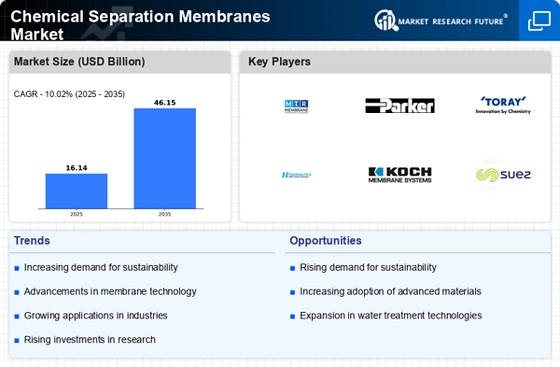
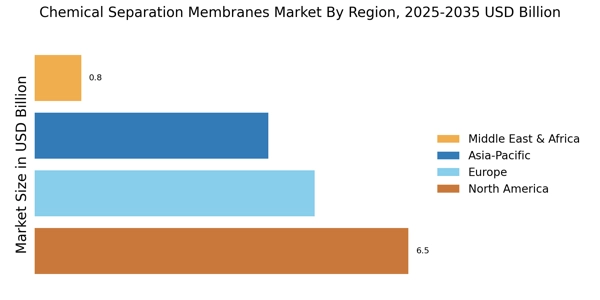
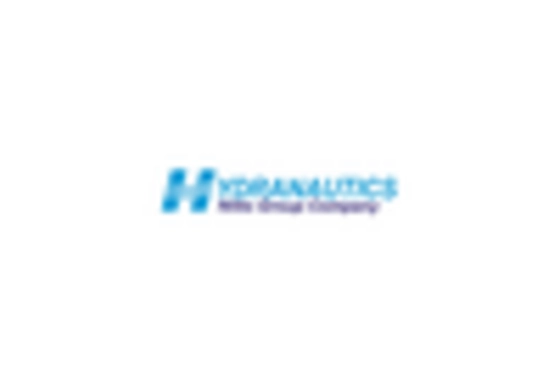
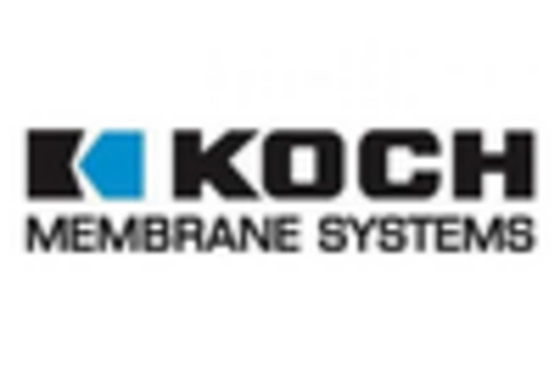
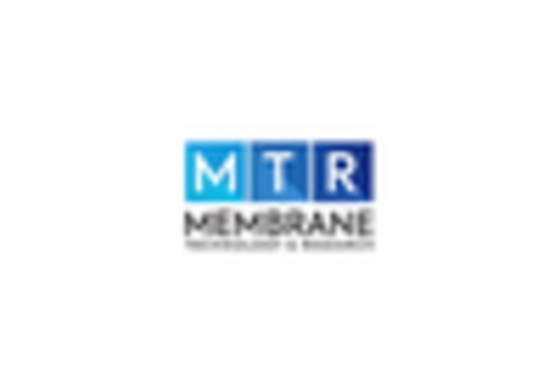
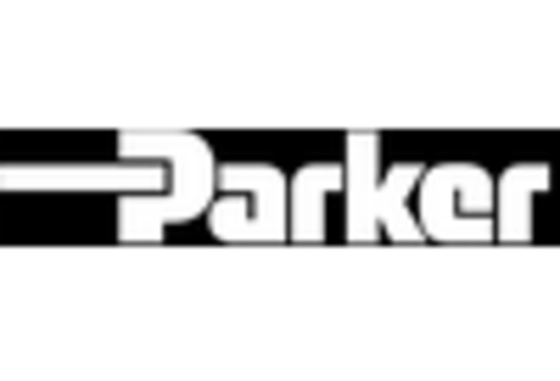

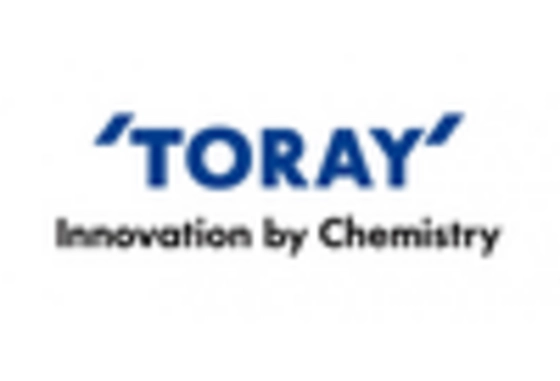








Leave a Comment